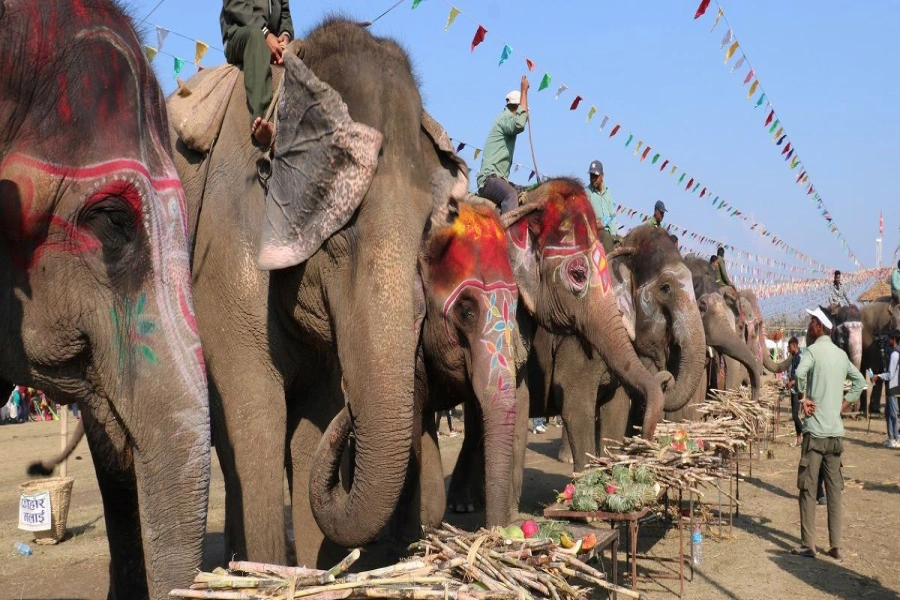Hindu Kush Himalaya including Nepal at high risk
KATHMANDU, Feb 3: Temperatures will increase by 1-2 degrees on average in the Hindu Kush Himalaya (HKH) region including Nepal by year 2050 and by 3-4 degrees in some of the higher altitude areas in the region, it is shown by four years of rigorous scientific research on climate and the water scenario.
“More erratic rainfall, floods and droughts are expected,” warned Nand Kishor Agrawal, coordinator of the Himalayan Climate Change Adaptation Programme (HICAP) at the International Centre for Integrated Mountain Development (ICIMOD).
Agrawal was speaking on the first day of a two-day Regional Policy Workshop on Adaptation Outlook for the Hindu Kush Himalaya, organized jointly by the UN Environment Programme, ICIMOD and the GRID-Arendal, in the capital on Thursday. The workshop was organized to "build the foundation for a region-wide assessment of existing adaptation policies for different sectors and go on to assess critical policy gaps and opportunities".
How polar vortex blasts are tied to global warming

“Yes, the temperature is constantly increasing now. But it is increasing in decimals,” said Agrawal.
Only about two months ago, the UN had declared 2016 the warmest year on record, with record-breaking green house gas emissions and melting of Arctic ice. According to the UN World Meteorological Organization, the current global temperature is 1.2 degrees Celsius above the preindustrial levels. 2016 beat the previous record.
Björn Alfthan of GRID-Arendal, a centre collaborating with UNEP, informed that higher altitude areas are warming at a faster rate than lower areas. “In large parts of the Himalayas, winters have been warming faster than summers, which pose a great climate hazard that might have a negative impact on people and ecosystems,” he said.
Climate induced natural phenomena in the HKH include floods from intense precipitation and snowmelt, drought, glacial lake outburst floods, avalanches, and heavy snow and cold extremes, informed Alfhan.
Various things including water, agriculture, biodiversity, energy, infrastructure, tourism and human health are vulnerable to current and expected climate hazards in the HKH mountains and downstream. “In general, the analysis found that all sectors are exposed to climate hazards and are likely to experience harm from them,” he added.
Even as researches show grim pictures depicting climate change impacts and hazards, experts have urged stronger climate change adaptation in policies for the most vulnerable sectors. Nepal has endorsed the National Climate Change Policy (NAPA) and the National Framework on Local Adaptation Plans for Action to combat climate change.
HICAP Coordinator Agrawal said the importance of and vulnerability to climate change is now recognized but action is lacking. He further stated that consideration for the mountains is not sufficiently reflected in policies.







































